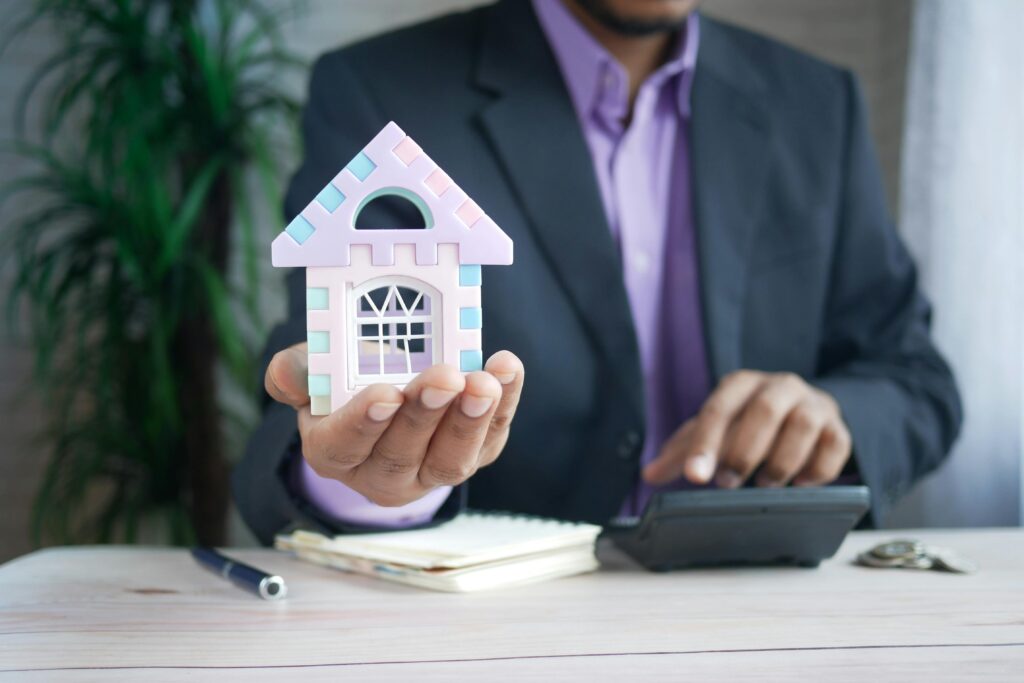The real estate landscape has changed and today, buyers are looking beyond traditional criteria like square footage and number of bedrooms. Increasingly, walkability and access to mixed-use developments are becoming top priorities. These factors reflect a shift toward more connected, efficient, and lifestyle-focused living environments.
For real estate professionals, understanding why walkable, mixed-use communities are growing in popularity is crucial. It not only positions you as a knowledgeable resource, but also helps your clients make informed, value-driven decisions.
Defining Walkability and Mixed-Use Living
Walkability refers to how accessible a community is by foot. High walkability means residents can easily reach grocery stores, cafes, schools, parks, transit hubs, and entertainment — all without needing a car.
Mixed-use communities, meanwhile, are neighborhoods that incorporate residential housing alongside commercial, recreational, and cultural facilities. These areas are intentionally designed to support a balanced and integrated lifestyle.
When combined, walkability and mixed-use planning create thriving neighborhoods that cater to convenience, sustainability, and a higher quality of life — making them increasingly desirable among today’s homebuyers.
Why Demand for Walkable, Mixed-Use Neighborhoods Is Growing
1. Prioritizing Daily Convenience
Modern homebuyers are searching for more than just a place to live — they’re looking for a community that supports their lifestyle. In walkable, mixed-use areas, residents can grab groceries, dine out, attend fitness classes, or meet friends for coffee — all without getting into a car.
This easy access to everyday essentials saves time, reduces stress, and adds a layer of simplicity that’s especially appealing to busy professionals, young families, and retirees.
2. Promoting Healthier Living
Living in a pedestrian-friendly neighborhood naturally encourages more movement. People are more likely to walk or cycle to nearby destinations, which contributes to improved physical health. Reduced reliance on cars also minimizes exposure to traffic congestion and air pollution.
Moreover, regular walking has been linked to better mental health outcomes, increased social interaction, and a greater sense of community — all factors that contribute to overall wellness.
3. Environmental Sustainability
As awareness of climate change and carbon footprints grows, so does the appeal of eco-conscious communities. Walkable neighborhoods that blend residential and commercial spaces reduce the need for driving, which in turn cuts down on emissions and energy use.
For environmentally conscious buyers, especially millennials and Gen Z homeowners, this aspect of urban design is a significant motivator. Communities that support green transportation options — such as biking, walking, and public transit — align closely with their sustainability goals.
4. Creating Vibrant, Social Environments
When neighborhoods include a mix of residential housing, local businesses, parks, and public gathering areas, they naturally become more lively and interactive. People are more likely to engage with neighbors, support local entrepreneurs, and participate in community events.
This strong sense of place is something buyers can’t find in isolated, car-dependent suburbs. Walkable mixed-use areas help foster genuine community connections, which are increasingly valued in a digitally driven world.
5. Boosting Property Values
Homes located in walkable, well-planned areas tend to hold and increase their value more consistently. According to industry data, properties with higher walk scores often command premium prices and experience steady demand, even in fluctuating markets.
Whether buying a primary residence or an investment property, many buyers see mixed-use communities as a smart long-term move. Proximity to amenities not only enhances daily life — it adds resale value.
How Realtors Can Leverage This Shift
Understand and Highlight the Lifestyle Benefits
When discussing properties, emphasize more than just the number of bedrooms or square footage. Paint a picture of the lifestyle: morning jogs to the park, evening walks to a favorite bistro, weekend farmers markets, or a quick stroll to school.
Your ability to frame the community experience will resonate with clients who prioritize convenience and connectivity.
Be the Local Area Expert
To stand out, make it your mission to know everything about walkable neighborhoods in your market. Be familiar with walk scores, new mixed-use developments, zoning updates, transit access, and local businesses.
This knowledge allows you to provide real, actionable insights — not just listings. It positions you as a trusted advisor who understands the full spectrum of what makes a neighborhood attractive.
Market Listings with Walkability in Mind
When listing a property in a walkable area, make sure to include that as a key feature. Use language like:
- “Just steps from dining, shopping, and entertainment”
- “Walk to local parks, schools, and transit”
- “Urban village living at its finest”
You can also integrate maps, walk scores, and links to neighborhood attractions in your online listings and marketing materials. Today’s buyers want the full picture, and showcasing what’s nearby helps paint that picture effectively.
Who’s Driving the Demand?
Millennials and Young Professionals
Younger buyers are drawn to convenience, connection, and experience. They want vibrant neighborhoods where they can live, work, and socialize without needing a car.
Families
Parents appreciate being close to schools, childcare, playgrounds, and essential services. Reducing commute times means more time together — a huge selling point for this demographic.
Retirees
Many retirees are downsizing and seeking low-maintenance homes in areas that offer healthcare access, leisure options, and a walkable lifestyle — all without sacrificing independence.
A Realtor’s Role in Today’s Market
Helping clients find a walkable, mixed-use community is more than helping them find a home — it’s helping them find a place that matches how they want to live. Your role as a real estate professional is to understand these evolving priorities and guide buyers toward neighborhoods that support their vision.
As trends move toward more integrated, human-centered design, your expertise in identifying and selling walkable communities becomes a major asset. Being well-versed in this area adds credibility and makes you a more valuable partner in the home-buying journey.
In Summary: Walkability Is the Future of Real Estate
The rising demand for walkable, mixed-use communities reflects a deeper change in how people approach homeownership. It’s not just about shelter — it’s about creating a lifestyle that supports well-being, sustainability, and meaningful connection.
For realtors, this trend offers a tremendous opportunity to connect with buyers on a personal level and stand out in a competitive market. By emphasizing the benefits of these communities, you can help your clients invest in homes that offer more than just good curb appeal — they offer a better way of life.




